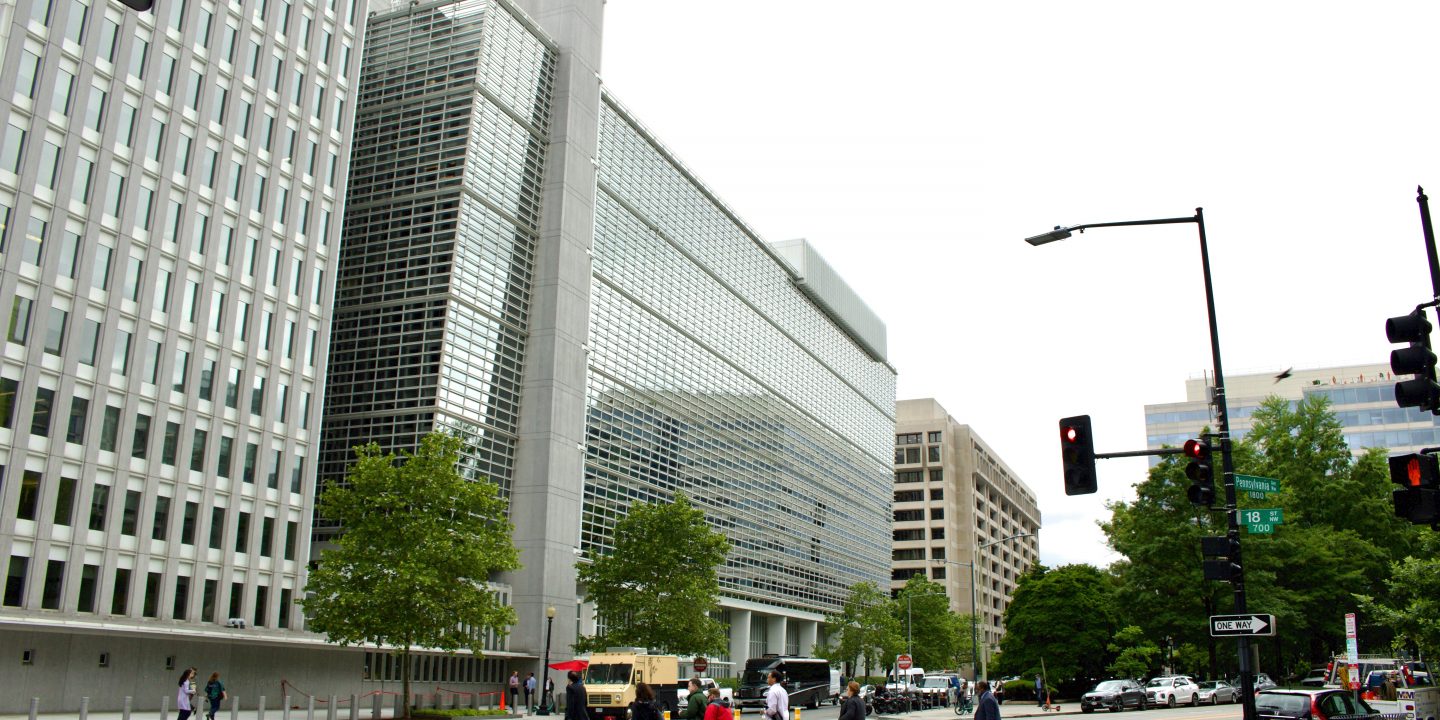
As Europe grapples with high inflation, sluggish growth, and the fallout from the energy crisis, all eyes are on the European Central Bank (ECB) and its upcoming decisions. One of the hottest topics circulating financial circles today is whether the ECB will be compelled to cut interest rates in Q4 of 2024. After a series of aggressive rate hikes to tame inflation, the landscape has shifted, with mounting pressures to ease monetary conditions once more.
But why would the ECB consider reversing course? More importantly, how would such a move impact the daily lives of millions across the continent?
The Case for a Rate Cut
Economic Growth Is Faltering
Europe’s economic recovery post-pandemic has been uneven. The initial bounce-back was strong, driven by pent-up consumer demand and government stimulus. However, as we progress through 2024, growth is showing signs of fatigue. Germany, the region’s economic powerhouse, has narrowly avoided a recession this year, but its manufacturing sector remains weak. Other major economies like France, Italy, and Spain are struggling to regain momentum as well.
High interest rates, while effective in controlling inflation, are a double-edged sword. They make borrowing more expensive, which stifles business investment and consumer spending. The ECB’s aggressive rate hikes in 2022 and 2023 helped cool inflation, but they also created a drag on economic growth. Now, with inflation appearing more manageable, the ECB has the room to pivot towards supporting growth.
Inflation Is Cooling, but at a Cost
The latest data suggests that inflation in the Eurozone is finally retreating. In August 2024, the annual inflation rate in the Eurozone was 3.4%, down from the double-digit highs seen in 2022. This is largely due to a combination of falling energy prices and the ECB’s restrictive monetary policy. However, inflation remains stubborn in certain sectors, such as food and services.

While the ECB succeeded in bringing inflation closer to its 2% target, it’s becoming clear that the side effects of high interest rates—sluggish growth, declining consumer confidence, and a risk of deflation—are beginning to take their toll. Cutting rates could help ensure that the ECB doesn’t overtighten and push the region into a deep economic slump.
Geopolitical and Energy Uncertainties Loom Large
The ongoing conflict in Ukraine, coupled with Europe’s transition away from Russian energy, continues to create economic instability. While Europe managed to avoid an energy crisis in the winter of 2023-2024 due to milder weather and diversified energy supplies, the cost of energy remains a volatile factor.
Additionally, disruptions in global supply chains, especially due to China’s slowing economy and global trade tensions, pose risks to Europe’s growth prospects. A rate cut would help mitigate some of the adverse effects of these external pressures, making credit more accessible to businesses and consumers, and providing a buffer against economic shocks.
The Ripple Effect of Rate Cuts on Daily Life
A potential rate cut in Q4 would have far-reaching implications for households, businesses, and governments across the Eurozone. Let’s break down how this move could affect the lives of ordinary Europeans:
Lower Borrowing Costs for Households
For many European households, the most immediate impact of a rate cut would be felt through lower borrowing costs. Mortgage rates, which have surged in the past two years, would likely decline, making it easier for homeowners to refinance or purchase new properties. Lower interest rates could also reduce the cost of consumer loans, such as those for cars or appliances.
For example, a family in Spain with a variable-rate mortgage tied to the ECB’s interest rate could see a significant reduction in their monthly payments. This extra disposable income could then be spent on other essentials, such as groceries, energy bills, or leisure activities, providing a small boost to the economy.
Businesses May Start Hiring More
Lower interest rates would also encourage businesses to invest in new projects, hire more workers, and expand operations. With cheaper access to credit, companies are more likely to take on loans to finance expansion or innovation. This is particularly crucial in sectors such as technology, renewable energy, and manufacturing, where capital-intensive projects drive growth.
For a small business in Italy or Germany, for instance, a rate cut could mean the difference between delaying a new project or moving forward with confidence. Increased business investment could help reverse the trend of slowing growth and create new job opportunities across the continent.
Potential Weakening of the Euro
A rate cut could weaken the Euro relative to other major currencies, such as the US dollar. While this may sound negative, it could actually benefit Europe’s export-driven economies. A weaker Euro makes European goods cheaper for international buyers, potentially boosting exports and supporting jobs in key industries like automotive, machinery, and luxury goods.

However, this might also make imported goods more expensive, which could partially offset the gains from cheaper borrowing. For households that rely on imported products, such as electronics or certain foods, the cost of living might not decrease as much as expected.
Savings Won’t Grow as Fast
While lower interest rates are a boon for borrowers, they are less favorable for savers. A rate cut would likely reduce the returns on savings accounts and fixed-income investments, such as bonds. This could be particularly challenging for retirees or those nearing retirement, who rely on interest income to supplement their pensions. Some might feel the pinch as their savings grow more slowly.
The Risks of Cutting Too Soon
Although the arguments for cutting rates are compelling, there are risks associated with acting too quickly. The ECB must be cautious not to reverse its policy prematurely and reignite inflationary pressures. A hasty cut could also undermine confidence in the ECB’s commitment to maintaining price stability, which could unsettle financial markets.
Moreover, cutting rates too early might not have the desired effect if consumer and business confidence remains weak. In such a scenario, the benefits of cheaper borrowing could be outweighed by the lack of demand for loans, prolonging the economic malaise.
In a Nutshell…
If the ECB cuts interest rates in Q4, it could be a game-changer. From cheaper mortgages and loans to more job opportunities, a rate cut could boost the economy and impact your daily life in several ways. But there are risks, too, and it’s not guaranteed that everyone will feel the benefits right away.
So, whether you’re hoping to buy a house, grow your savings, or just keep an eye on the economy, it’s worth paying attention to what the ECB does next!














